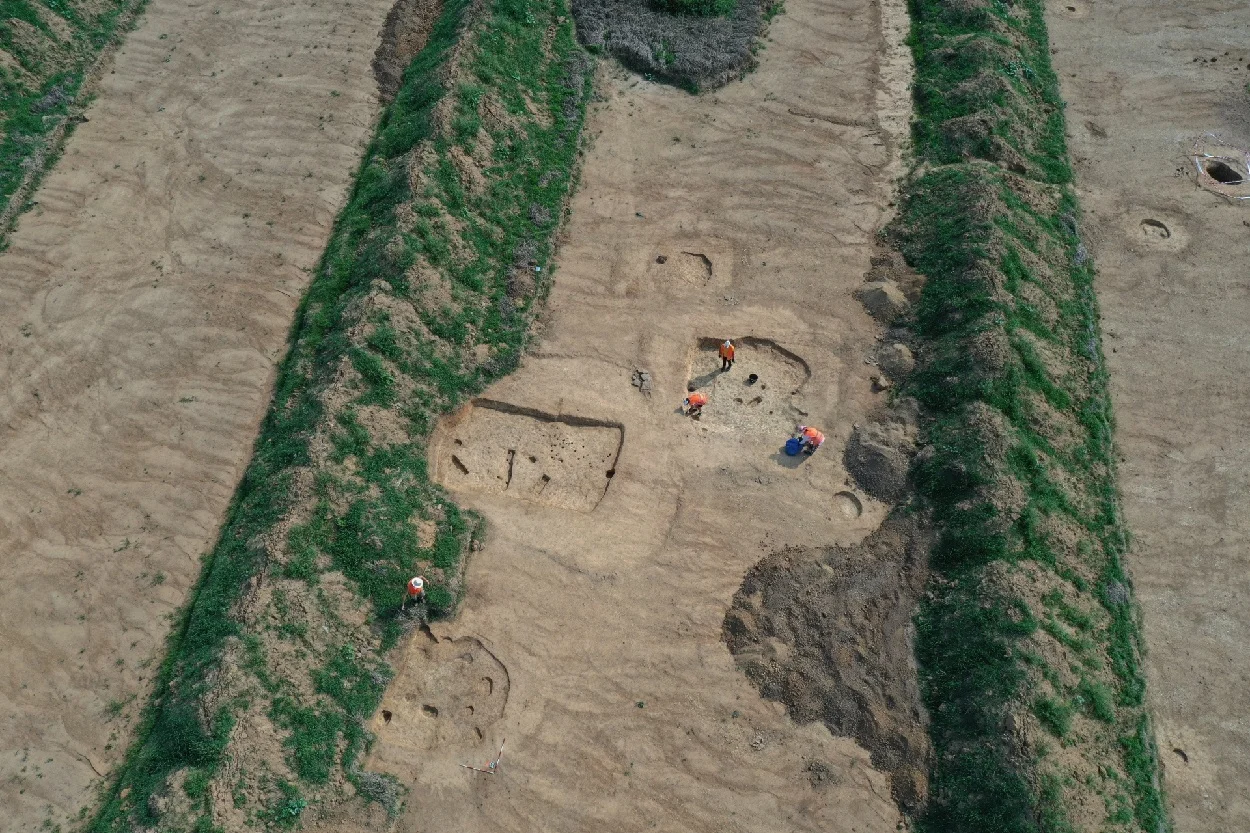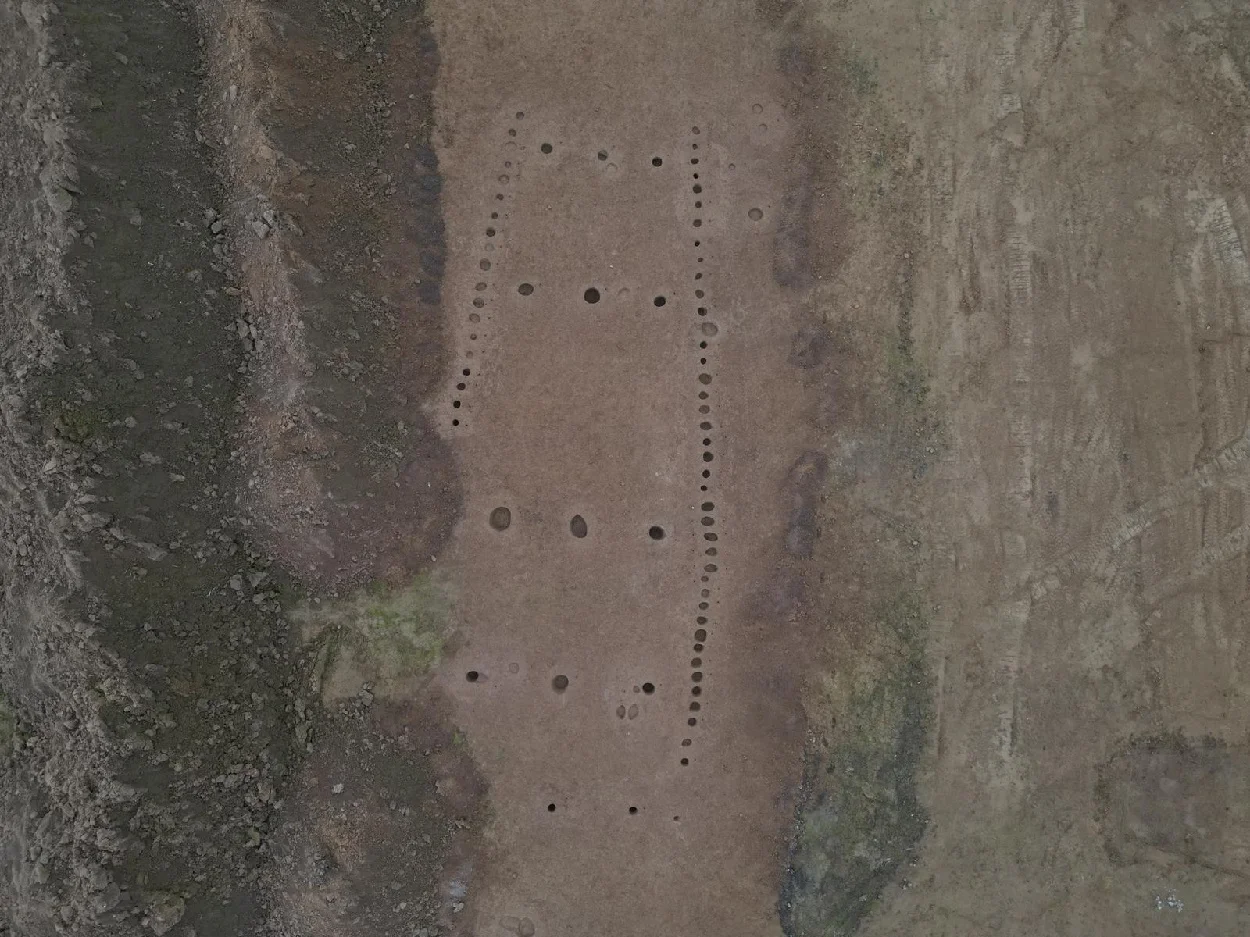Archaeologists from the Czech Academy of Sciences have uncovered a 7,000-year-old settlement during construction works for the planned Prague Ring Road near Nupaky in the Central Bohemian Region of the Czech Republic.
The settlement appears as eight long columnar structures that date from the Late Neolithic to the early Chalcolithic. Within the interior of the settlement are traces of storage pits and waste pits, in addition to evidence of an ancient workshop.
According to Monika Psohlavcová, head of research in this section from the Institute of Archaeology of the Academy of Sciences of the Czech Republic: “Numerous stone axes or axe-hammers, their semi-finished products, and unsuccessful products prove the presence of a local workshop for processing the polished stone industry.”

Excavations also found a Hallstatt village from the late Hallstatt/early La Tène period, dating to around the 5th century BC. The Hallstatt culture was the predominant Western and Central European archaeological culture of the Late Bronze Age through to the Iron Age.
Traces of 10 partially sunken houses have been identified, along with numerous settlement pits, troughs, and remnants of above-ground structures. Among the artefacts recovered are coarse kitchen ceramics, finely crafted tableware, whorls, small iron and bronze tools, and also clay or glass beads.
According to a press release by the Institute of Archaeology of the Academy of Sciences: “A remarkable find is the handle of a kylix – a popular vessel for drinking wine in the Adriatic region, which, together with the glass beads, proves (albeit rather mediated) contact of the local inhabitants with the Mediterranean. Together with the find of bronze horse phalerae (ornaments), it testifies to the presence of a higher-ranking member of the local late Hallstatt/early La Tène community.”
In another part of the study area, archaeologists found several dozen pits, most often circular in diameter and measuring 2–5 metres in depth. “Very sporadic datable material from the fill allowed us to date them to the 13th century. It is very likely that these pits were related to prospecting or directly mining gold in the gravel-sand terraces of the Pitkovický stream,” said Monika Psohlavcová.
Header Image Credit : Monika Psohlavcová
Sources : Institute of Archaeology of the Academy of Sciences







